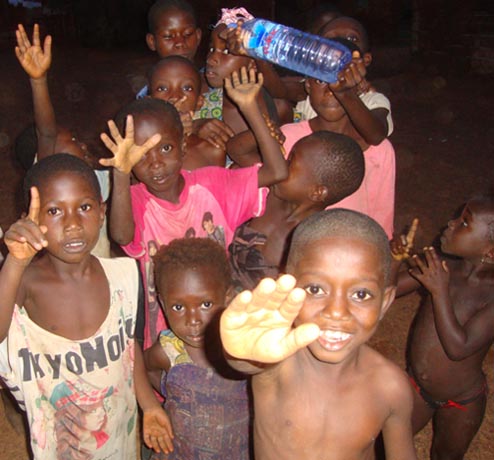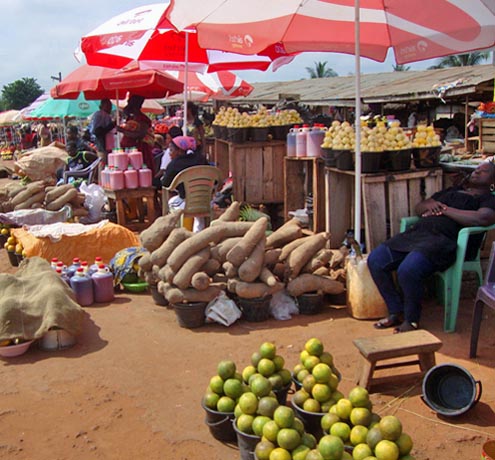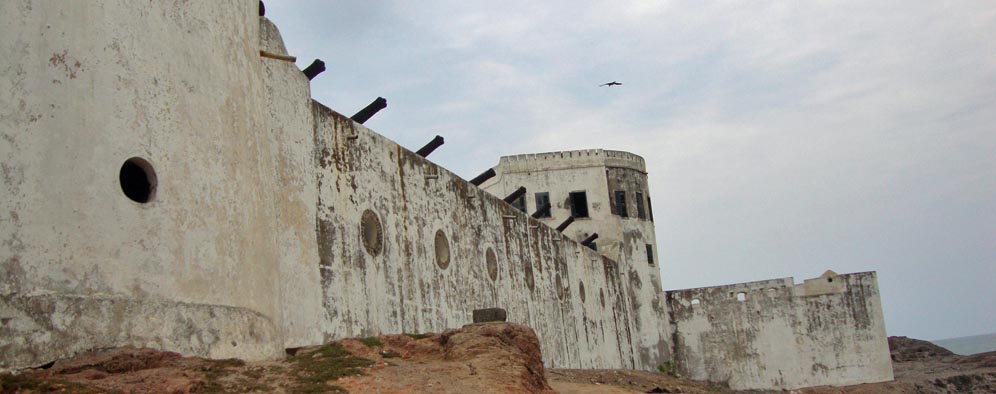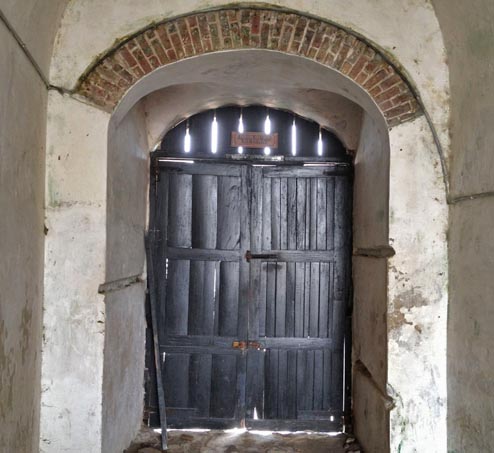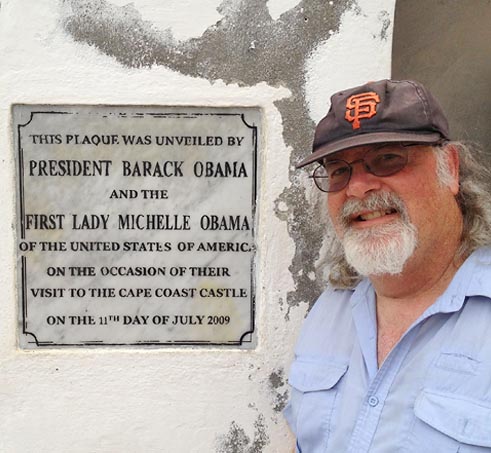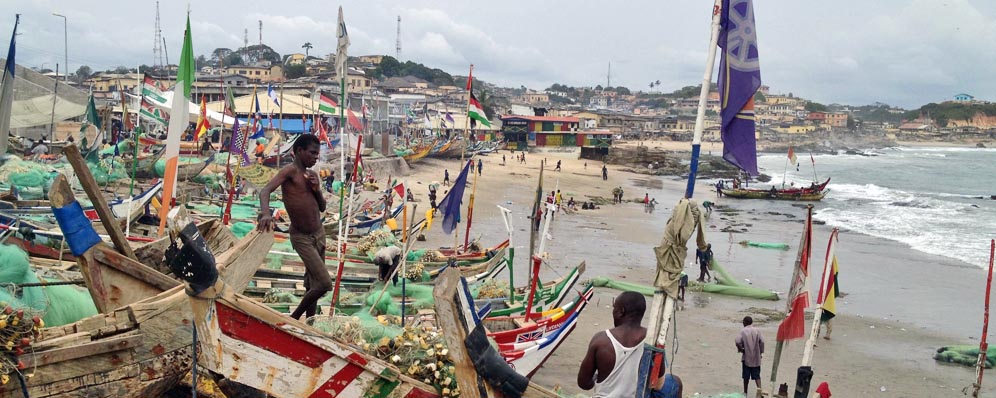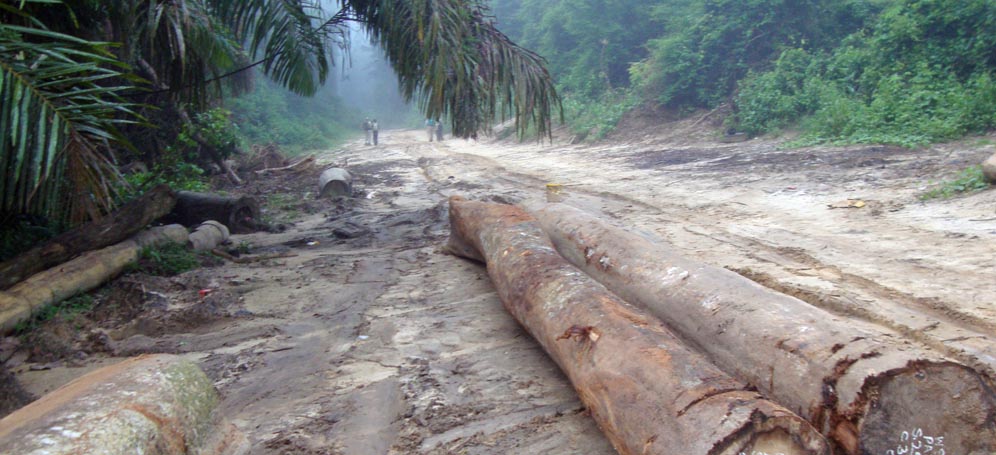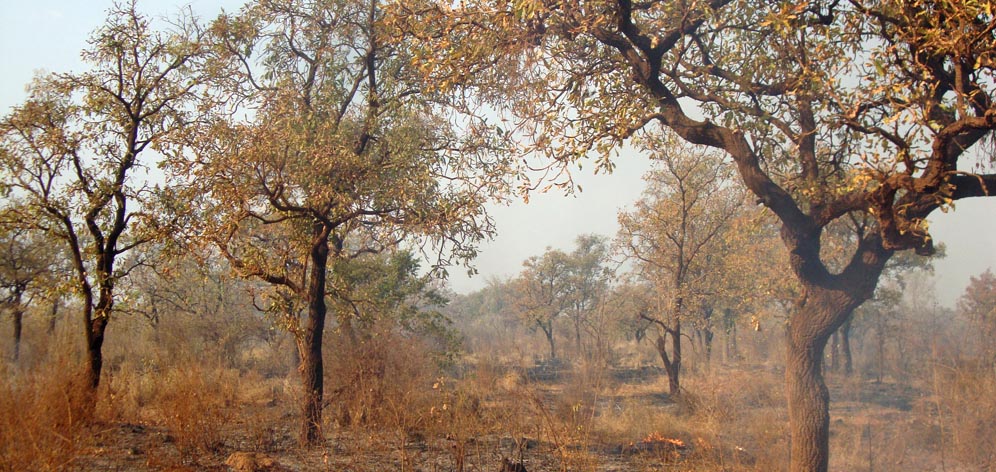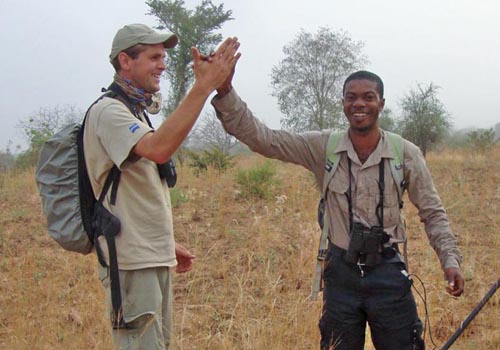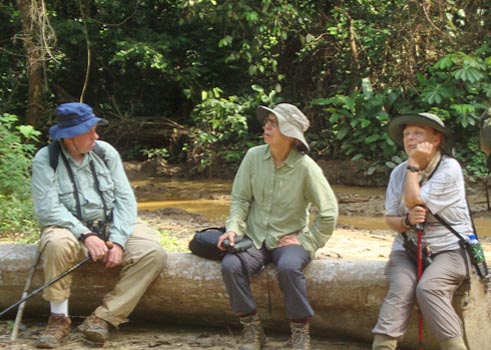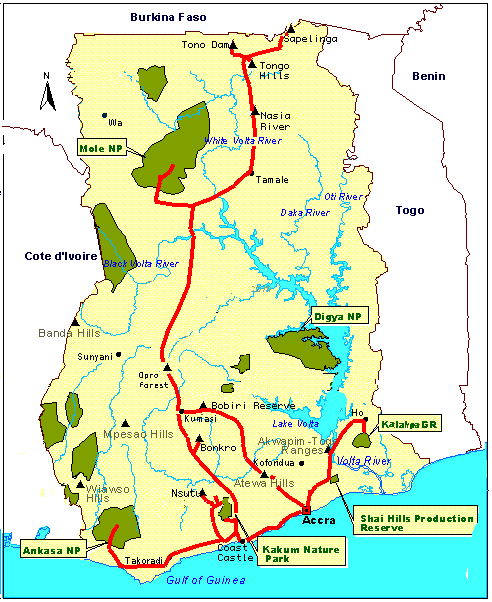ITINERARY
27 Nov — after 2-day flight, arrive Accra in evening
28 Nov —
Shai Hills Reserve, Kpong, Kalakpa Reserve
29 Nov — Kalakpa Reserve
30 Nov — Kalakpa Reserve, Sukumono Lagoon
1 Dec — Winneba Plains, Coast Castle, Brimsu Reservoir
2 Dec — Kakum NP canopy walkway
3 Dec — Kakum (Antwikwaa, Abrafo), also Pra River
4 Dec — Kakum (Abrafo, Stingless Bee forest), Sekondi
5 Dec — Nsutu Forest
6 Dec — Nsutu Forest, Amanzure, drive to Ankasa NP
7 Dec — Ankasa NP
8 Dec — Ankasa NP
9 Dec — Ankasa NP, afternoon stop in grasslands Brenu Beach
10 Dec — Kakum NP (Aboabo), Bonkro Village
11 Dec — long drive Kumasi to Mole NP, stop in Opra Forest
12 Dec — Mole NP
13 Dec — Mole NP
14 Dec — Mole NP in a.m., long drive to Tongo Hills, stop at Nasia wetlands
15 Dec — Sapelinga area of White Volta, also Tono Dam
16 Dec — long drive Bolotanga to Kumasi, stop at Nasia wetlands
17 Dec — Bobiri Butterfly Reserve, also Atewa 'farm bush'
18 Dec — hike up Atewa Ridge
19 Dec — Atewa 'farm bush' then drive to Accra for late night flight
20 Dec — fly home
On
the Ghana map to the right, you can view our generalized route along
our intinerary. You will note that most locations are near the coast in
the humid zone (hot and humid all day, every day!) and you can see that
it is a very long drive to the dusky, arid north. My bird report is
segregated by regions and is not strictly chronological.
|
|

